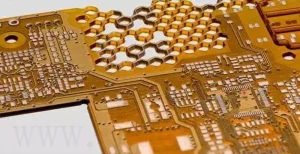
Breakthroughs and Applications in 3D Printed PCB Boards Technology
3D printed pcb boards are spearheading a disruptive transformation in manufacturing processes. Unlike traditional fabrication methods—which commence with copper-clad laminates and progressively remove excess material through subtractive techniques such as
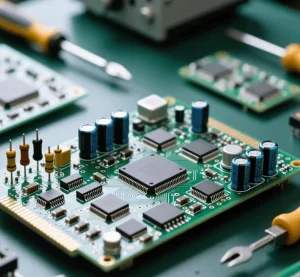
Board PCB Assembly Powers the Evolution of Modern Electronics
The concept and importance of Board PCB Assembly In modern electronics manufacturing, board PCB assembly is a core link connecting design concepts and finished product functionality. It’s not merely about
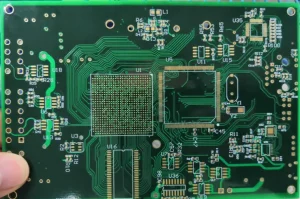
Solder Mask Ink and PCB Solder Resist Bridge Process
The layer of paint on the PCB surface is called solder resist ink, also known as PCB solder mask ink. Solder mask ink is the most common and primary ink
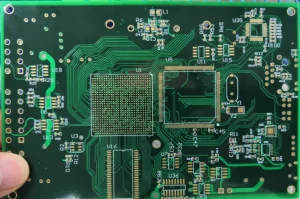
HDI Board Solder Mask Bridge Protection Process
In the production of HDI boards, solder mask bridges within BGA areas and between fine-pitch pads serve as crucial micro-isolation barriers despite their minute dimensions. Measuring merely 0.1–0.2mm in width,
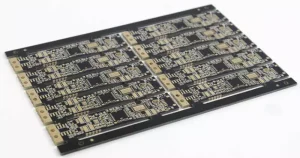
The Reason Behind Smartphones Opting for Black PCB
Smartphones predominantly utilise black PCB, not for electrical performance considerations, but as a strategic decision driven by aesthetic appeal, advanced manufacturing processes, and brand positioning. Given the highly compact internal
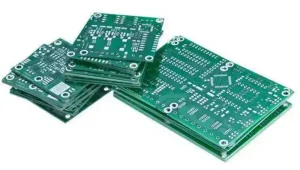
IPC-A-600G and PCB Quality Assessment
The IPC-A-600G standard, entitled Acceptability of Printed Circuit Boards, stands as the most comprehensive and visually detailed guide to PCB quality assessment within the electronics industry. Meticulously developed by the
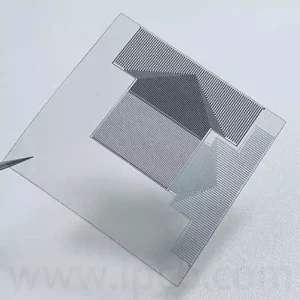
Transparent Flexible PCB Materials and Design
Transparent flexible PCBs, possessing both flexibility and light transmission properties, hold immense application potential across multiple fields. Their design necessitates balancing material performance with routing strategies. This article systematically outlines
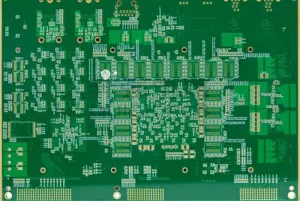
Challenges in AI Server PCB Manufacturing
AI servers, as the pivotal infrastructure for computational power, face unprecedented challenges in their hardware design and manufacturing processes. High layer PCBs and flip-chip ball grid array (FC-BGA) carrier boards,

Differences Between AI Chips and Ordinary Chips
In the ongoing advancement of artificial intelligence technology, the development trajectory of chips—as the critical hardware foundation—has drawn significant attention. Traditional chips and AI chips exhibit distinct characteristics when addressing

Technological Breakthroughs and Applications in AI Server PCBs
AI server PCBs are high-performance boards specifically engineered to meet the demanding requirements of artificial intelligence and machine learning workloads. Serving as the server’s central nervous system, they interconnect critical

Core Technology for Impedance Control in Optical Module PCBs
PCB impedance control technology for optical modules pcb is central to ensuring signal integrity in high-speed optical communication modules. Its key lies in precisely controlling the physical parameters of transmission
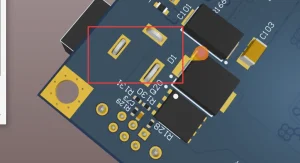
NPTH PCB Enhances Structural Reliability in Modern Electronics
The Fundamental Role and Industry Significance of NPTH PCB Manufacturing In mature electronic manufacturing systems, PCBs have become the structural foundation and signal carrier for all electronic devices. However, beyond
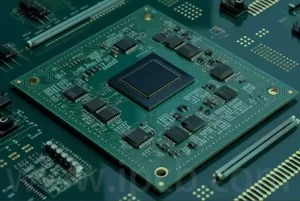
Challenges and Development Trends in AI Server PCB Design
In the era of rapid advancement in artificial intelligence technology, AI servers are playing an increasingly pivotal role as the core infrastructure underpinning its operations. As the “nerve centre” of
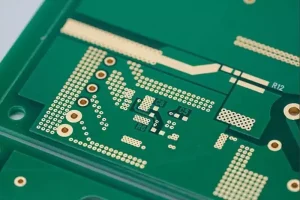
The Technology and Development of AI Server PCBs
AI server PCBs form the physical foundation and neural hub of artificial intelligence servers. They host and interconnect processors, high-bandwidth memory (HBM), high-speed network interfaces, and power supply systems, providing
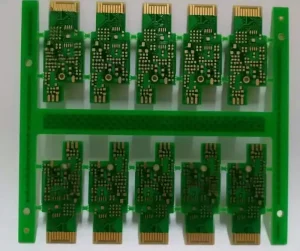
Optical Module PCBA Manufacturing Process
The optical module PCBA manufacturing process involves assembling optoelectronic devices and electronic components onto printed circuit boards. Through a series of processing steps, this manufacturing technique enables the conversion and
Manufacturing Technology for High Frequency Optical Module PCBs
In this era swept by the digital tide, the importance of data centres and communication networks as pivotal hubs for information flow is self-evident. High-frequency optical module pcbs (800G and
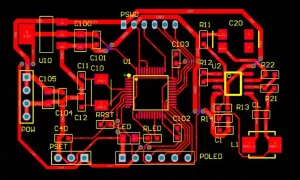
PCB Board Circuit Diagram as the Foundation of Reliable Electronic Engineering
What is a PCB Board Circuit Diagram? In the field of electronic engineering, PCBs and circuit diagrams are often linked, but they are not simply a matter of drawing a
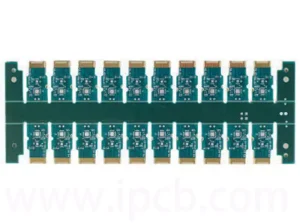
Challenges Facing PCB Circuit Boards Amidst Optical Module Technology Upgrades
In the ongoing evolution of optical module technology, PCB circuit boards face immense pressures across multiple dimensions—signalling, spatial constraints, thermal management—which continuously challenge their performance in material selection, process precision,
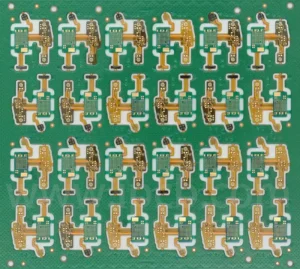
Breakthroughs and Evolution in AI Server PCB Technology
In the present era of rapid and unprecedented advancements in artificial intelligence technology, AI servers have emerged as the pivotal infrastructure underpinning computational power, their significance growing ever more pronounced.

Key Considerations and Design Strategies For Optical Module PCBs
As a core component in optical communications, the stability and reliability of optical modules are paramount. The optical modules pcb design not only determines their electrical performance but also plays
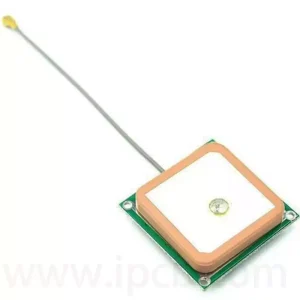
Key Considerations in Drone Antenna Design
Drone antennas, in essence, are devices mounted on unmanned aerial vehicles for receiving and transmitting radio waves. They serve as the bridge enabling communication between the drone and the external
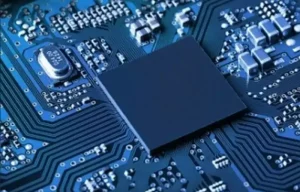
AI Server PCB Materials and Processes
AI server PCBs serve as the core electronic components within artificial intelligence servers, connecting and supporting critical elements such as processors, memory, accelerators, and power management systems. They enable high-speed
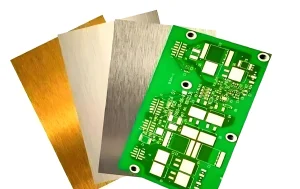
Laminate PCB Board Drives the Future of Advanced Electronics
The Fundamental Concepts and Core Position of Copper Clad Laminate PCBs In the entire electronics manufacturing industry, copper clad laminate (CCL) is one of the most core and fundamental materials
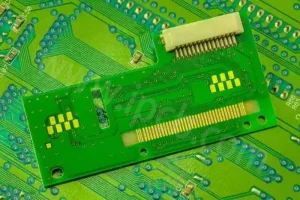
Technical Considerations for Optical Module PCB Design
The optical module PCB serves as a pivotal component for achieving electro-optical conversion, playing a crucial role within communication systems. It facilitates the transformation of electrical signals into optical signals,